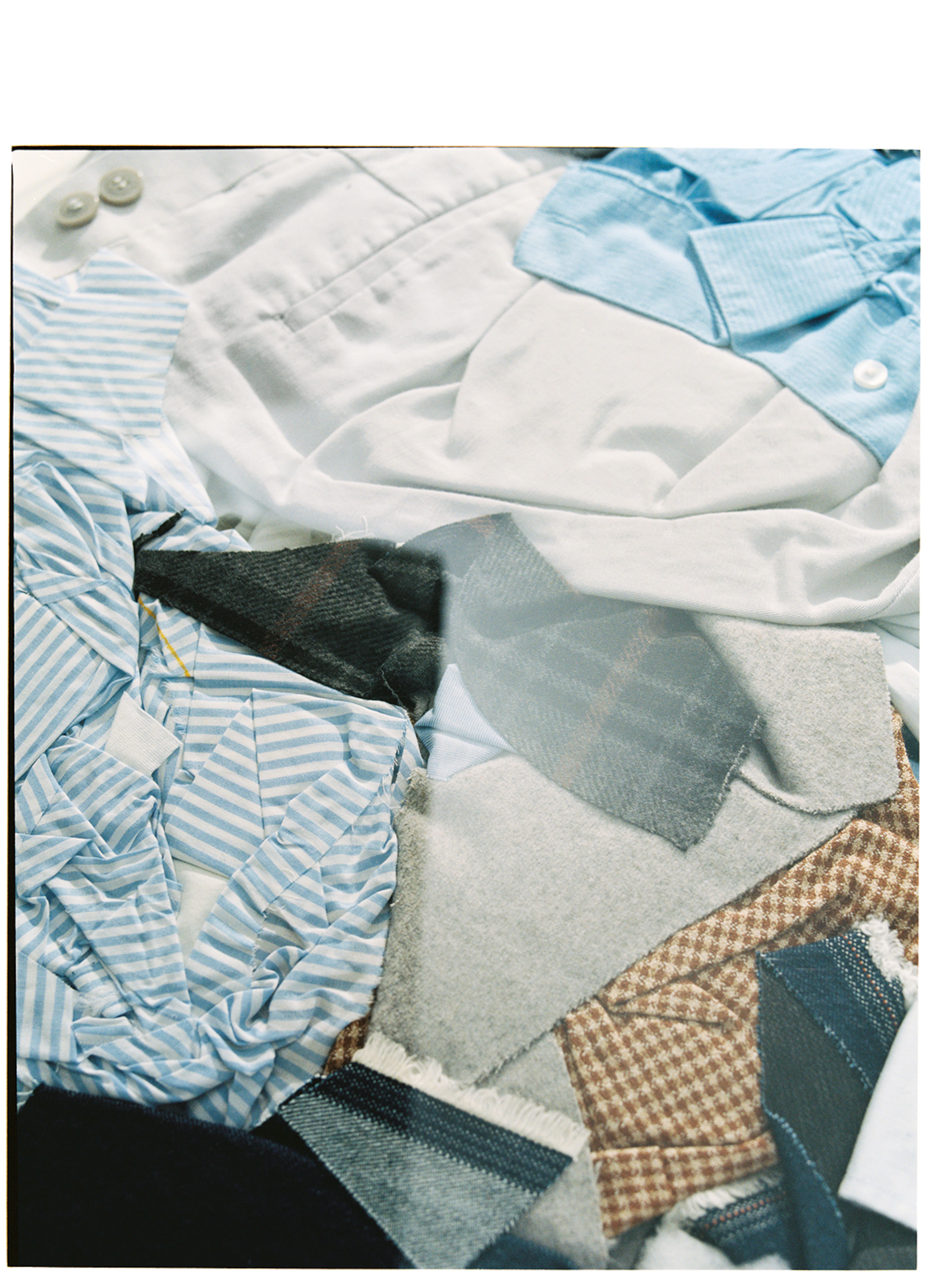
Garment Collecting at H&M | H&M
Garment Collecting
With your help, we've gathered over 172,000 tonnes of pre-loved clothing and textiles since 2013. Through collecting, sorting, reselling, repurposing and recycling, we can give many of these items a second life.
Looper Textile Co.
In 2023, H&M Group and REMONDIS (a global leader in waste management) launched an independent company called Looper Textile Co. to participate more directly in sorting unwanted garments and textiles and facilitating reuse and recycling. Looper Textile Co. provide local municipalities and retailers with solutions to extend the useful life of these items.

How does the garment collection program work?
1. Bring your clean, previously loved textiles to one of our stores — they can be from any brand. Find your local store here: H&M,
2. Place your textiles in the dedicated garment collection box.
3. After the textiles are dropped off, we take over with REMONDIS (as well as Looper Textile Co. in Europe and local partners in China, Japan and India). We empty the boxes, and our partners arrange for the items to be sorted into different categories to enable reuse and recycling.
What happens to the dropped-off garments and textiles?
Every item is inspected and sorted to determine quality, condition and resale potential. During 2023, REMONDIS classified the collected items as follows:
Resale
68% of all collected garments and textiles
Wearable items that can be marketed as secondhand clothing are sorted into more than 200 categories to maximize the likelihood of each garment reaching an appropriate end customer.
Repurposing/recycling
23% of all collected textiles.
Suitable items that are not fit for resale are turned into a new product, like cleaning cloths or insulation.
Textile-to-textile recycling
1,2% of all collected garments and textiles.
Only a small percentage of collected items can be recycled into new textiles based on current technologies, but there is a lot of innovation happening in this area. We see great potential to increase this percentage in the future.
Approximately 8% of collected garments and textiles do not fit into any of the above categories and are disposed of, with energy recovery being prioritized when possible.